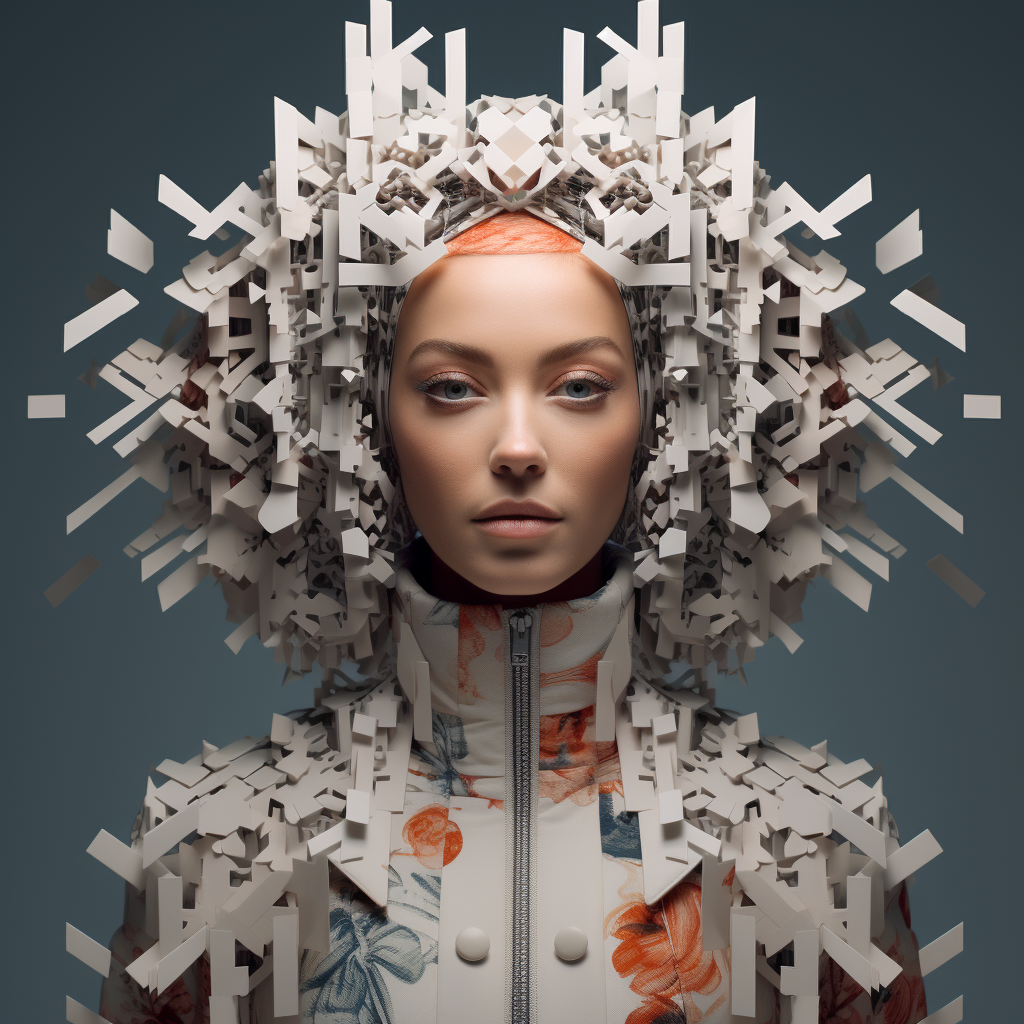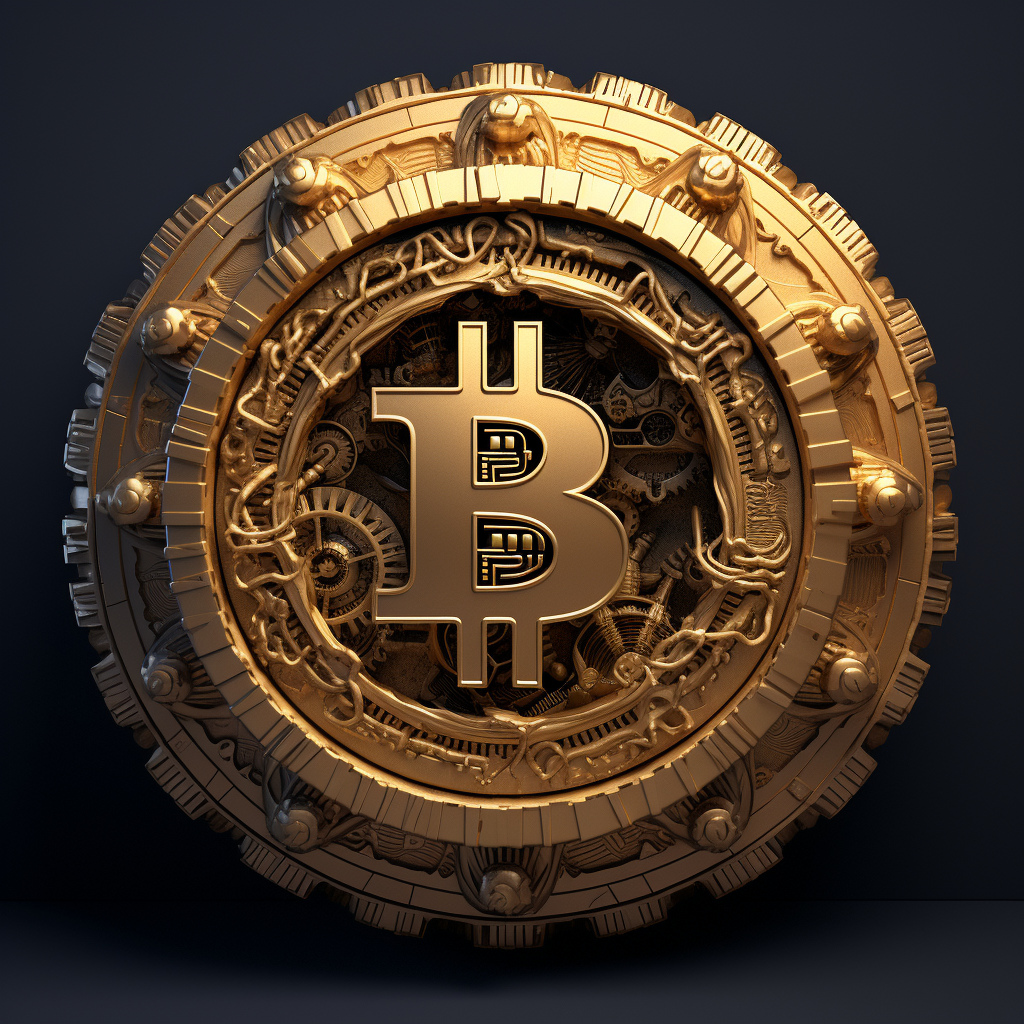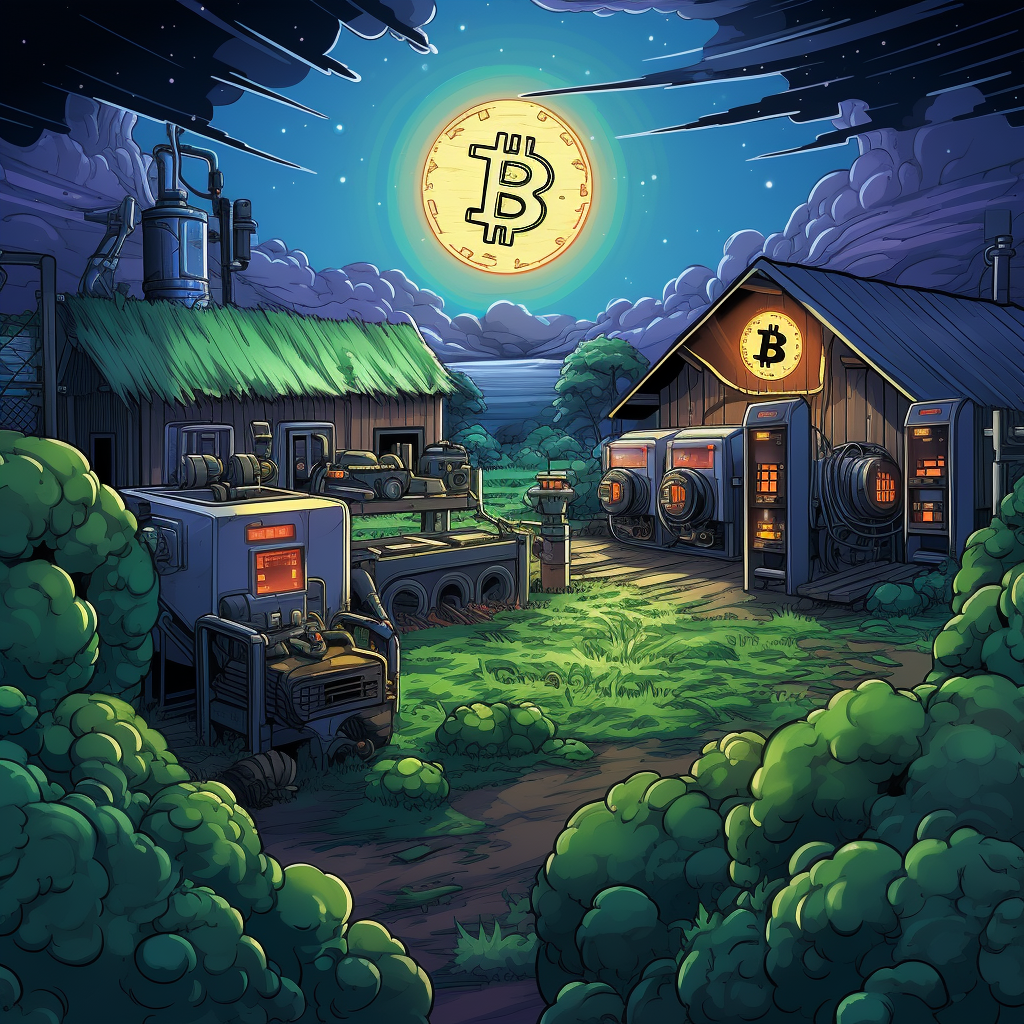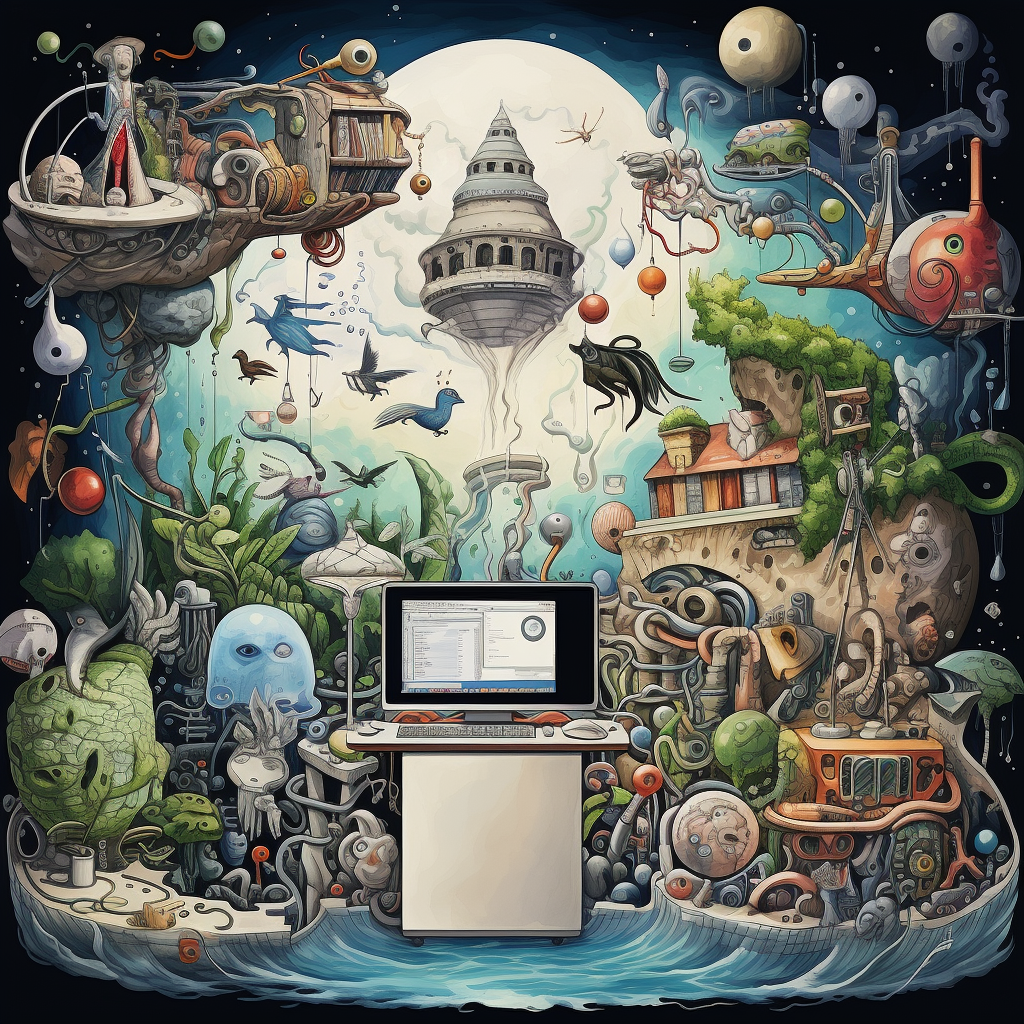Day 21: NFTs and the Creative Revolution – Exploring Digital Ownership
Hello, crypto enthusiasts! Today marks Day 21 of our crypto journey, and we’re immersing ourselves in the fascinating world of Non-Fungible Tokens (NFTs). Join us as we uncover the intricacies of digital ownership, the rise of NFTs, notable use cases, challenges, and the creative revolution reshaping the art and gaming industries.
Understanding Non-Fungible Tokens (NFTs)
Definition and Basics: Non-Fungible Tokens (NFTs) are unique digital assets, each with distinct properties, representing ownership or proof of authenticity for a specific item or piece of content. Unlike cryptocurrencies such as Bitcoin or Ethereum, NFTs are indivisible and cannot be exchanged on a one-to-one basis.
How NFTs Work: NFTs operate on blockchain technology, leveraging smart contracts to ensure uniqueness and scarcity. Each NFT is minted or created, then verified and transferred using the secure and transparent features of the blockchain.
Digital Ownership and NFTs
Revolutionizing Ownership: NFTs revolutionize digital ownership by enabling creators to tokenize their work. Artists, musicians, and content creators can now provide collectors with a unique, verifiable stake in the digital creation, fostering a direct connection between creators and consumers.
Notable Use Cases: NFTs find notable use cases in the art and gaming industries. Platforms like OpenSea and Rarible serve as marketplaces for digital art, while blockchain-based gaming experiences, such as Cryptokitties, showcase how NFTs can represent ownership of in-game assets.
Challenges and Considerations
Environmental Concerns: While NFTs offer exciting opportunities, the environmental impact of certain blockchain networks, particularly those utilizing proof-of-work consensus mechanisms, raises concerns. The community is actively exploring and advocating for more sustainable solutions.
Legal and Copyright Issues: Legal and copyright challenges arise as NFTs gain prominence. The ownership of a digital file does not necessarily confer rights to the intellectual property it represents, leading to discussions around artists’ rights and the implications of digital ownership.
The Creative Revolution Unleashed by NFTs
Empowering Artists: NFTs empower artists to monetize their digital creations directly. By selling unique digital assets, artists can bypass traditional intermediaries, ensuring a fairer distribution of revenue and fostering a more sustainable and artist-centric ecosystem.
Innovation in Gaming: NFTs are driving innovation in the gaming industry. Players can now own unique in-game assets, creating player-owned economies and transforming how we experience and engage with virtual worlds. Games like Decentraland and Axie Infinity showcase the potential of NFTs in gaming.
Your Action Item for Today:
Explore NFT marketplaces such as OpenSea, Rarible, or Mintable. Discover unique digital creations, learn about the artists and creators, and consider the impact of digital ownership on the art and gaming industries. Share your favorite NFT discoveries and insights in the comments, contributing to the dialogue on the creative revolution enabled by NFTs.
Tomorrow, we’ll dive into the intricate world of smart contracts and their role in shaping decentralized applications (DApps).
Happy exploring!
James
PS – Don’t forget to purchase your crypto from a trusted exchange and to store your crypto in a cold wallet!












